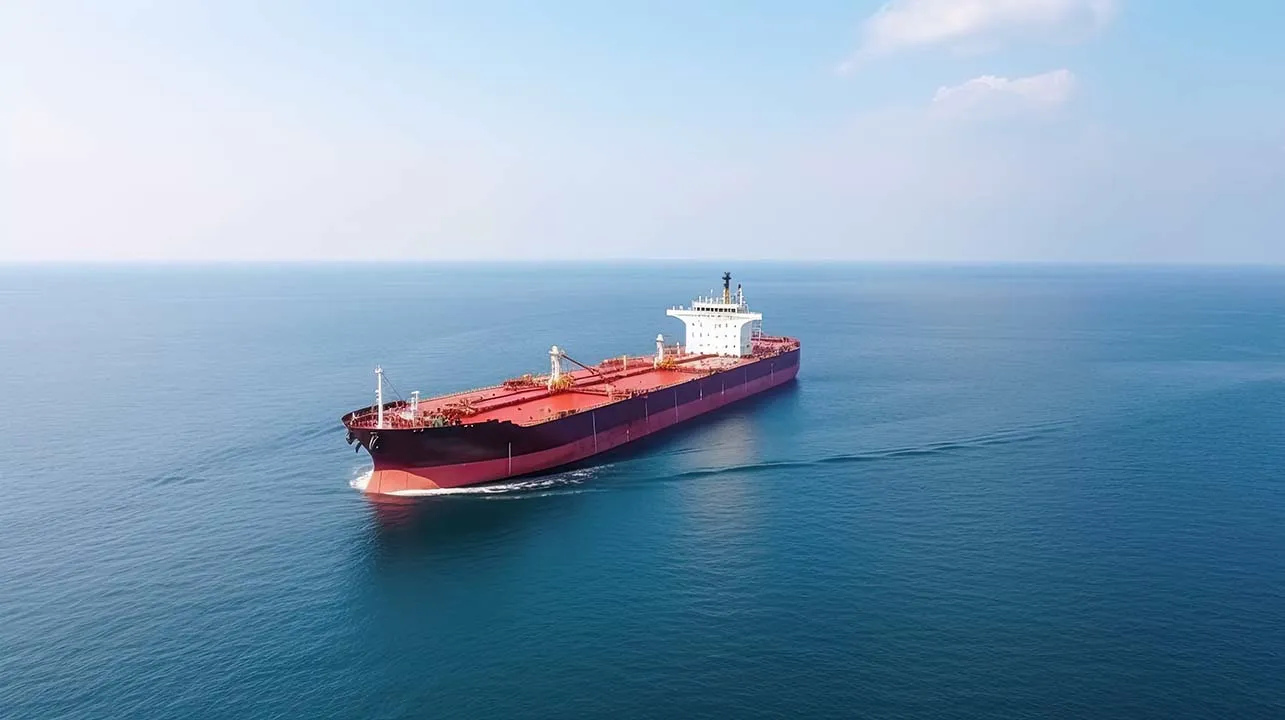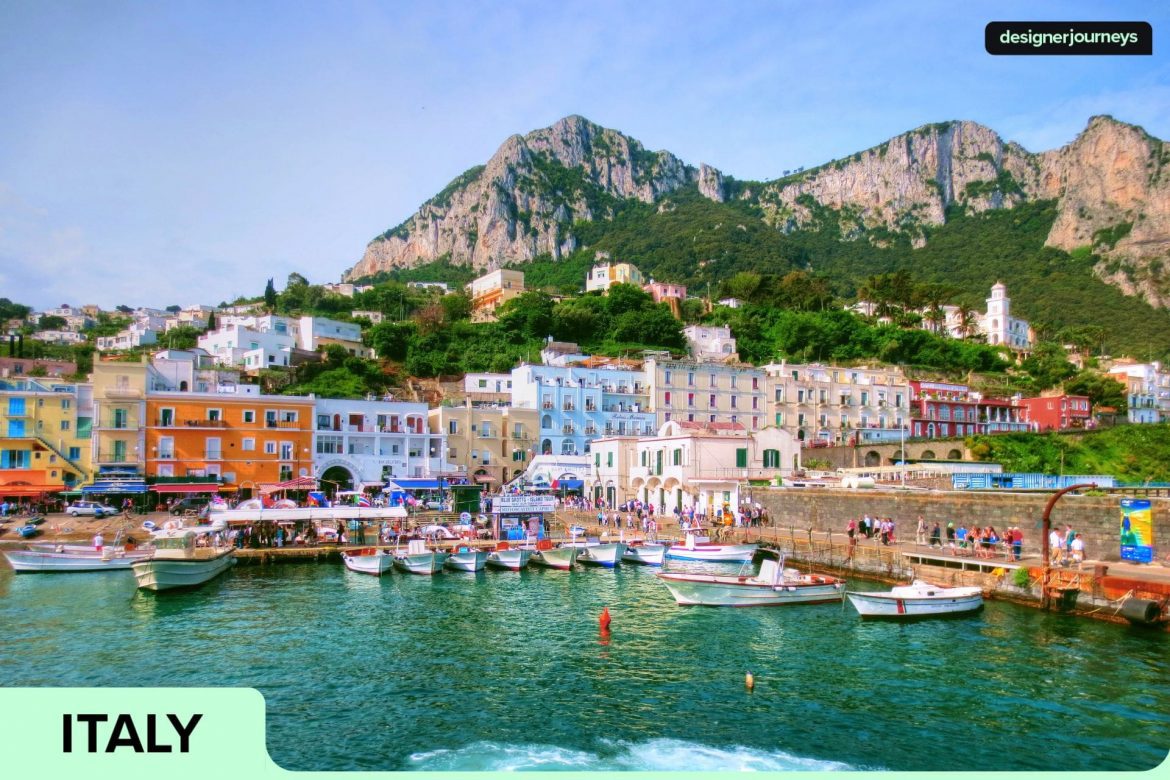The Impact of Transportation Options on Destination Planning for Multi-City Tourist Itineraries

Exploring the Impact of Transportation on Multi-City Travel Plans
The selection of transportation options profoundly influences how travelers plan their multi-city itineraries. Whether one is traversing vast expanses or navigating vibrant urban centers, the mode of transport can significantly impact both experience and logistics. Each type of transportation has unique characteristics that can cater to various preferences and needs, which can lead to vastly different travel experiences.
Cost Efficiency: Different transport options can dramatically affect travel budgets. For instance, taking a budget-friendly bus can be a great way to save money, especially for long distances. Companies like Greyhound or Megabus offer economical fares that allow budget travelers to stretch their dollars further. Conversely, flying can sometimes offer competitive rates if booked in advance, particularly with airlines like Southwest or Spirit that have lower costs on certain routes. Budgeting for transportation allows travelers to allocate more funds for accommodations or activities in each city, enhancing the overall travel experience.
Travel Time: The speed of transportation determines how much time can be allocated in each city. High-speed trains, such as Amtrak’s Acela in the Northeast Corridor, can whisk travelers from city to city in a fraction of the time it takes by bus. This speed allows for a more leisurely exploration of each destination, providing the opportunity to immerse oneself in local culture. On the other hand, longer travel times may require thoughtful planning to ensure that sufficient time is available to experience attractions. For instance, a traveler might choose to take a night bus to maximize daytime exploration in the next city.
Accessibility: Not all cities are equally connected, which impacts the flow of the itinerary. While major metropolitan areas like New York and Chicago boast robust public transit systems, smaller cities may have limited options. For example, traveling to a smaller city such as Asheville, North Carolina, may necessitate renting a car, whereas cities like San Francisco are easily navigable via public transport. This variability emphasizes the need for careful planning to ensure smooth transitions between cities.
In the United States, bustling hubs attract thousands of tourists seeking to explore hidden gems through diverse transportation methodologies. Understanding how these options align with travelers’ preferences can enhance their journey. For example, a family of four may prioritize affordability and choose a combination of trains and buses, while a solo traveler may lean towards flights to maximize destination diversity.

As travelers increasingly seek personalized experiences, the significance of transportation planning within multi-city itineraries cannot be overstated. By evaluating available options, tourists can maximize their experiences and create seamless adventures across multiple destinations. Familiarizing oneself with local transportation systems can also reveal opportunities for spontaneous exploration off the beaten track.
Ultimately, the interplay between transport types and destination planning shapes not just the itinerary, but also the overall enjoyment and satisfaction of each travel experience. As you map out your next journey, consider how your transportation choices will not only affect your logistics but also your interaction with the places you visit. The heart of a great trip lies in being mindful of how you arrive at each new adventure.
DIVE DEEPER: Click here to discover more about wellness and relaxation in travel</a
Choosing the Right Transportation: A Key Factor in Multi-City Travel
When crafting a multi-city itinerary, the importance of transportation options cannot be overstated. The decisions made about how to move between destinations influence not only the budget but also the overall travel experience. As travelers consider different modes of transport, they often weigh factors such as comfort, flexibility, and convenience. Here’s a closer look at these essential elements that can shape an unforgettable trip.
Comfort and Experience
The level of comfort provided by different transportation modes can significantly influence the traveler’s enjoyment. For instance, longer journeys by bus may offer fewer amenities compared to train travel, where passengers can stretch out, walk around, and enjoy scenic views. High-speed trains, like those operated by Amtrak or California’s Pacific Surfliner, provide more spacious seating and the ability to get up to grab a snack or use the restroom without the added stress of turbulence.
Additionally, some travelers may prefer the convenience of a personal vehicle when exploring a new city. Car rentals allow for spontaneous detours and a tailored travel pace, which is ideal for those eager to uncover hidden gems or partake in off-the-beaten-path experiences. However, driving in urban centers can be challenging due to traffic congestion and parking restrictions, making it crucial to weigh the pros and cons of this option.
Flexibility of Travel Plans
The flexibility offered by various transportation options can also enhance the travel experience. For instance, booking a multi-city flight may allow considerable travel convenience, but it comes with rigid schedules. Conversely, utilizing a combination of buses and trains can often lead to more adaptable itineraries, making it easier to extend stays in cities that captivate the traveler.
- Flight: Best for long distances, but often involves check-in and security time.
- Train: Offers scenic routes and less hassle with check-in, plus access to central locations.
- Bus: Typically the most budget-friendly; however, it may have limited schedules.
- Car Rental: Provides ultimate freedom but may pose challenges in urban areas.
The consideration of flexibility is particularly pertinent for travelers who might want to linger longer in a city that fascinates them or pivot their plans based on weather conditions or new recommendations from locals. Multi-city travel often requires a balance between having a structured plan and allowing room for spontaneity, making the choice of transportation a pivotal aspect of the journey.
Environmental Impact
As travel preferences become increasingly aligned with sustainability, many tourists are evaluating the environmental impact of their transportation choices. Options like trains and buses generally boast lower carbon footprints than flights, prompting eco-conscious travelers to seek out rail and bus networks for shorter city-to-city journeys. Researching these options not only aids in destination planning but also promotes more responsible travel habits.
In summary, the choices made regarding transportation play an essential role in shaping a multi-city travel itinerary. Travelers must consider various aspects, from comfort and flexibility to environmental factors, to ensure that their adventure not only meets their expectations but also provides enriching experiences along the way. The interplay of these transportation options can lead to smoother travel transitions and memorable moments in each destination. The journey, after all, is just as important as the destinations themselves.
When planning a multi-city itinerary, the choice of transportation plays a pivotal role in shaping the overall travel experience. With an increasing number of travelers seeking not only new destinations but also efficient and comfortable means to explore them, transportation options have become a significant factor in travel planning.Various modes of transportation, such as trains, buses, and flights, offer distinct advantages and challenges. For instance, rail travel is often celebrated for its scenic routes and frequent schedules, making it a popular choice for those exploring interconnected cities. High-speed trains can cover long distances quickly while allowing travelers to absorb the surrounding landscapes. This makes them a great option for itineraries that prioritize both speed and the joy of traveling through diverse terrains.On the other hand, buses provide a cost-effective alternative for budget-conscious travelers. Many bus services offer connecting routes between cities that might not be served by trains or flights, allowing tourists to discover hidden gems along the way. Additionally, the flexibility offered by bus travel can lead to spontaneous detours, enriching the travel experience.Domestic flights, although often faster, can cut into the budget and require more logistical planning with time spent at airports. The necessity to account for check-in and security can make air travel less appealing for those keen on maximizing their time in each destination.Moreover, integrating car rentals into multi-city itineraries is increasingly popular. This offers travelers unparalleled freedom to explore rural areas and off-the-beaten-path attractions, which may be inaccessible via public transport. Moreover, ridesharing services have also emerged as flexible options for short distances, especially in urban areas where parking may be restrictive.Ultimately, understanding the implications of transportation options on overall itineraries is crucial. Evaluating travel times, costs, and the overall experience associated with each mode can illuminate choices that provide not only efficient travel but also memorable adventures throughout the journey. By carefully selecting transportation methods, travelers can maximize their experience across multiple locations, creating stories that last long after the trip is over. In light of these considerations, the impact of transportation on destination planning cannot be understated, as it not only affects logistics but also shapes the cultural immersion and enjoyment of each location visited. It’s a topic worth deeper exploration for both seasoned travelers and those new to multi-city journeys.
DISCOVER MORE: Click here for family-friendly itinerary tips
Cost Considerations and Budget Management
When it comes to multi-city travel, the cost of transportation is a significant factor that can dictate the itinerary choices. Different transportation modes come with varying price points, influencing how travelers allocate their budgets. For instance, while budget airlines may offer cheap fares for multi-city flights, additional fees for luggage and seat selection can quickly inflate the overall travel cost. This necessitates a thorough understanding of what is included in the price to avoid unforeseen expenses.
On the other hand, public transportation, such as buses and trains, is often more budget-friendly, especially for shorter distances. For example, Megabus offers routes across the United States with prices often as low as $1 if booked in advance, making it an excellent option for budget travelers. However, travelers must also weigh the trade-offs related to journey times and comfort.
Time Efficiency and Itinerary Fluidity
Time efficiency is another critical component of transportation planning. For busy travelers eager to maximize their experience across various destinations, the time taken to travel between cities can be a dealbreaker. While flying is the quickest option for long distances, delays and layovers can offset this speed, particularly within the United States where airports commonly experience congestion. Alternatively, trains like those operated by Amtrak can offer direct routes that minimize travel time while providing an opportunity to enjoy breathtaking landscapes.
In scenarios where travelers require a compressed itinerary, overnight buses or trains can be a strategic solution. Instead of losing daytime hours to figure out ground logistics, passengers sleep through transitions to arrive at their next location ready to explore. This not only optimizes the itinerary but adds an adventurous twist to the experience.
Regional Variations and Accessibility
Another vital aspect of planning multi-city itineraries is the regional variation in transportation accessibility. For example, urban areas such as New York City, San Francisco, and Chicago boast robust public transportation systems that can allow travelers to navigate the cities with ease. In contrast, more rural destinations might offer limited options, emphasizing the need to consider regional transportation infrastructure when planning itineraries.
- Ride-Sharing Services: Apps like Uber and Lyft have transformed urban transportation, providing a convenient alternative to traditional taxis and expanding accessibility to non-public transit users.
- Bike Rentals: Many cities encourage bike-sharing programs, promoting environmentally friendly travel options and allowing tourists to explore at their own pace.
- Localized Tours: Some regions offer guided transport tours, which could be a valuable addition for travelers looking to delve deeper into the local culture without the hassle of navigation.
As the landscape of traveling continues to evolve, the intersection of technology and transportation has also played a crucial role in shaping itineraries. Online tools and mobile apps allow for real-time monitoring of transportation schedules and pricing, providing savvy travelers with opportunities to adapt their plans on the go.
Ultimately, the transportation options chosen can profoundly impact every aspect of multi-city travel, from costs and comfort to time management and accessibility. By investing time in understanding these elements, travelers can not only enhance their experience but also discover new facets of each destination along the way.
DISCOVER MORE: Click here for family-friendly itinerary ideas
Final Thoughts on Transportation and Multi-City Itineraries
In conclusion, the transportation options available play a pivotal role in shaping the experience of multi-city travel. Domestically, the variety of choices can either enhance or hinder trip efficiency, budget management, and overall satisfaction. With budget airlines, train services, and public transportation all offering unique advantages, the decision-making process requires careful consideration of both financial and logistical aspects.
Moreover, factors such as time efficiency and regional accessibility influence how travelers plan their itineraries. Whether selecting the speed of air travel for long distances or utilizing local trains and buses for a more scenic experience, travelers have the opportunity to create a tailored adventure that complements their priorities. In an era where technology facilitates real-time adjustments and planning, the capacity to navigate and adapt to transportation options has never been more accessible.
As multi-city itineraries become increasingly popular, understanding the intricate dynamics of transportation will empower travelers to optimize their journeys. By exploring and utilizing diverse modes of transport, whether through ride-sharing apps, bike rentals, or regional tours, tourists can discover enriching experiences at each destination. Ultimately, a well-planned transportation strategy not only enhances logistical fluidity but also enriches the cultural immersion of multi-city adventures. As you embark on your next journey, consider how the various transportation options can amplify your travel experience, leading you to create unforgettable memories across multiple cities.


